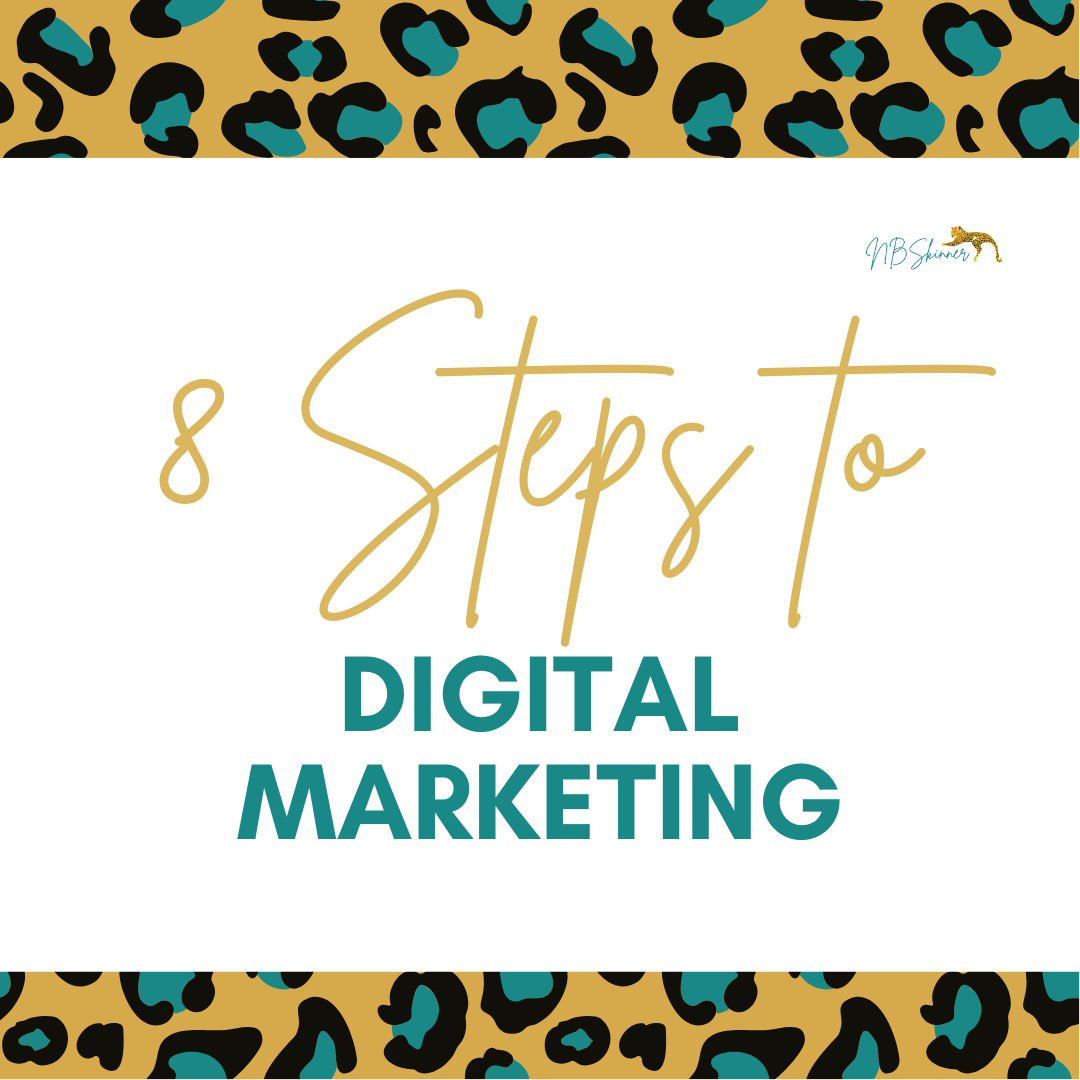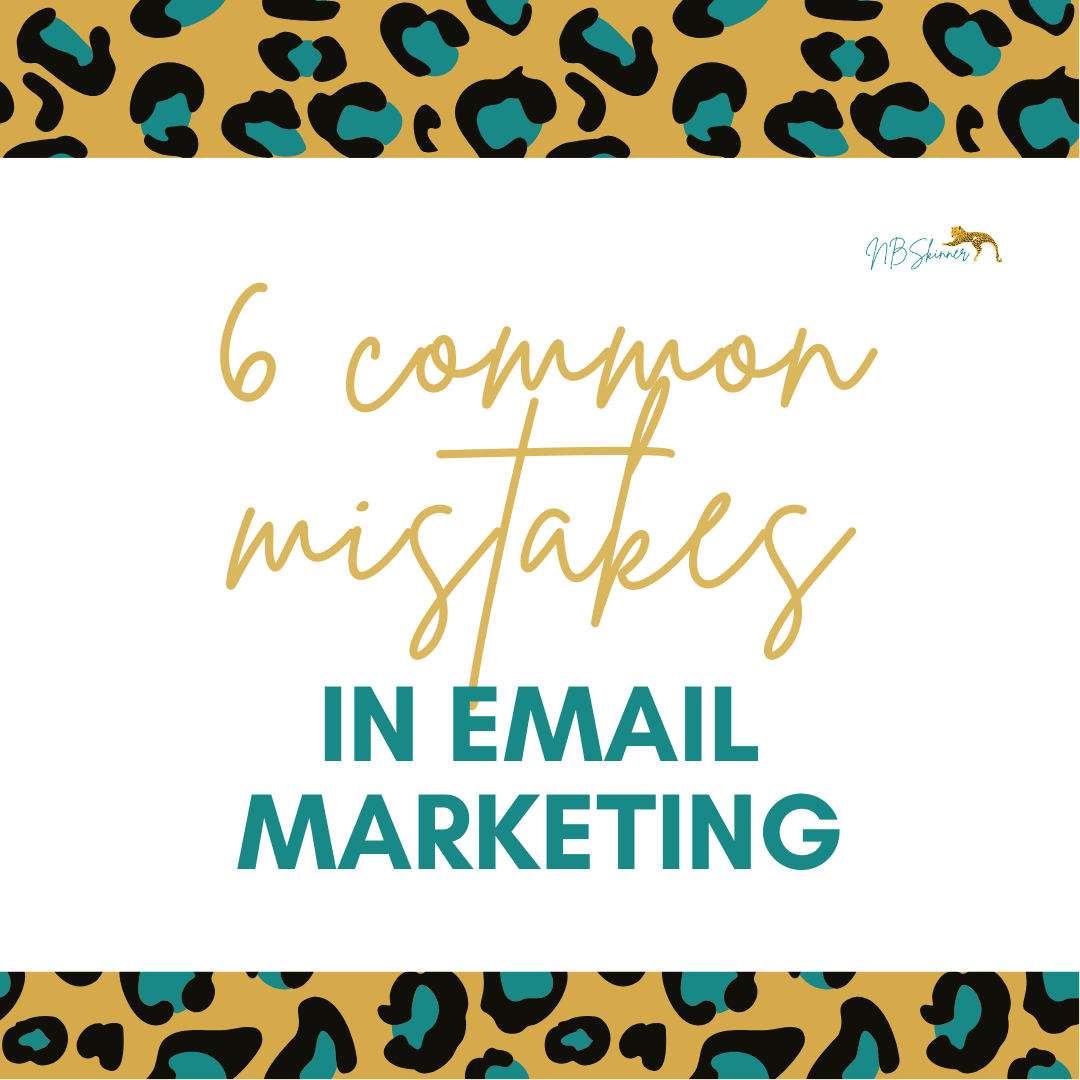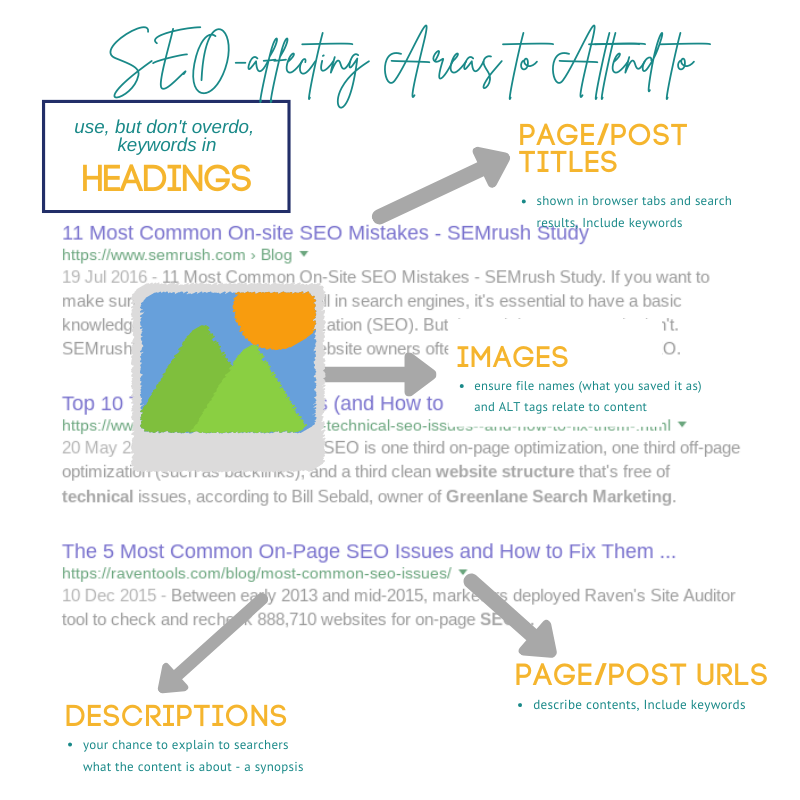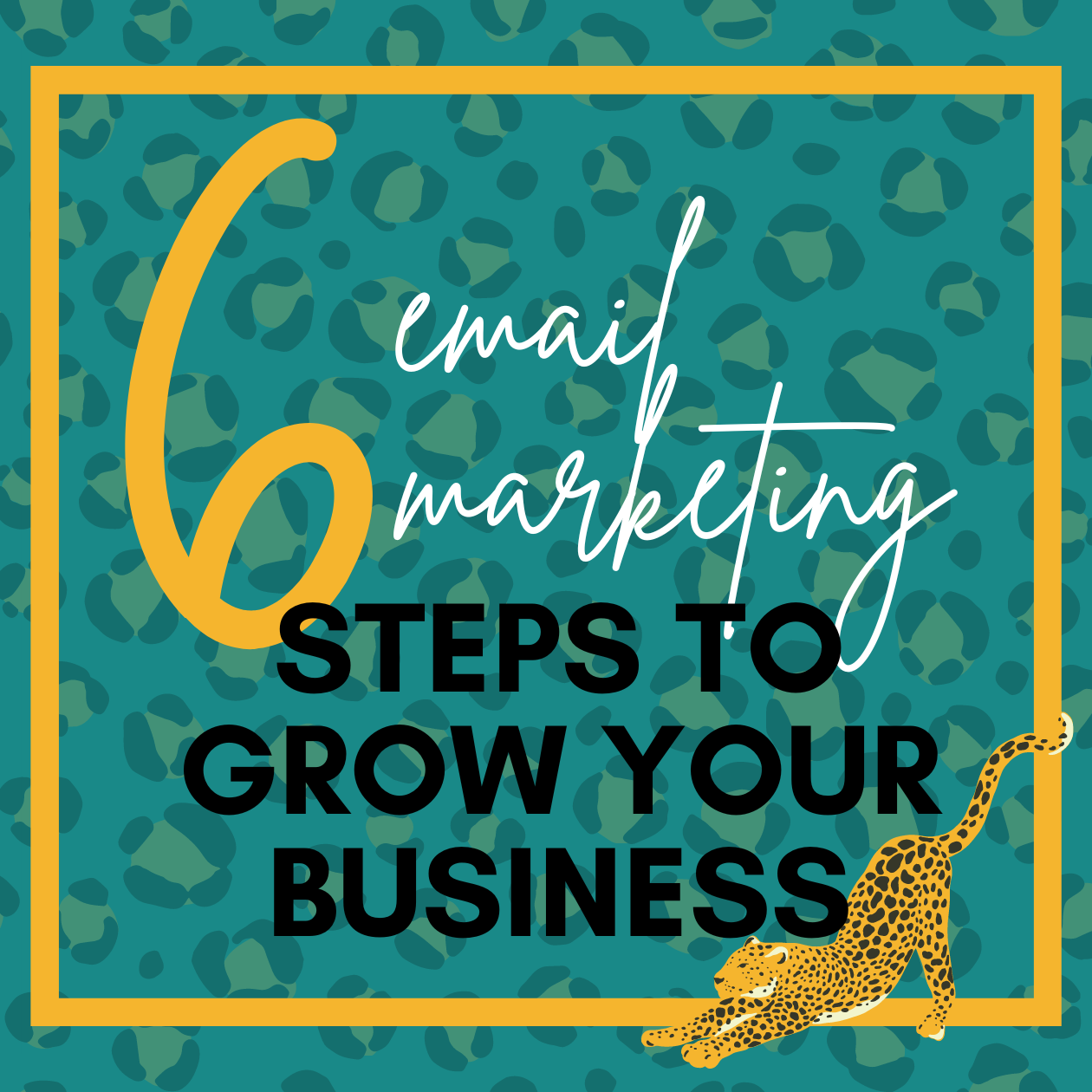What data should you be looking at when it comes to providing content for your audience
Data helps you create content by providing insights into audience preferences, behaviours, and trends. It enables you to understand what resonates with your audience, identify opportunities, and optimise your content strategy for better engagement and results.
Data-driven content creation leads to more effective and targeted messaging, ultimately driving success.
When providing content for your audience, consider analysing data such as:
- Demographics: Understand who your audience is based on factors like age, gender, location, and interests.
- Engagement metrics: Track metrics like likes, shares, comments, and click-through rates to gauge audience interest and interaction with your content.
- Content performance: Analyse which types of content (e.g., blog posts, videos, infographics) perform best in terms of engagement and reach.
- Social media insights: Utilise analytics tools provided by social media platforms to understand audience behaviour, preferences, and trends.
- Website analytics: Monitor website traffic, page views, bounce rates, and conversion rates to assess the effectiveness of your content in driving desired actions.
- Keyword research: Identify popular search terms related to your niche to inform content creation and SEO strategies.
- Feedback and surveys: Solicit feedback from your audience through surveys, polls, or direct messages to understand their preferences, needs, and pain points.
- Competitor analysis: Study the content strategies of your competitors to identify gaps, opportunities, and emerging trends in your industry.
Lets Dig a Bit Deeper
How do I define my demographic?
To define your demographic, consider the following steps:
- Analyse Existing Audience: Look at your current followers or customers to gather data on their age, gender, location, interests, and other relevant demographics. Social media insights, website analytics, and customer relationship management (CRM) tools can help with this.
- Conduct Surveys: Create surveys or polls to collect demographic information directly from your audience. You can incentivize participation by offering discounts or freebies.
- Use Analytics Tools: Platforms like Google Analytics, Facebook Insights, and Instagram Insights provide valuable demographic data about your audience.
- Research Industry Trends: Study industry reports and market research to understand broader demographic trends in your niche.
- Consider Psychographics: In addition to demographic factors, consider psychographic characteristics such as values, attitudes, lifestyles, and behaviours that may influence your audience's preferences.
- Create Buyer Personas: Develop fictional representations of your ideal customers based on demographic and psychographic data. This helps in tailoring your content and marketing strategies to better resonate with your target audience.
By combining insights from these various sources, you can create a comprehensive picture of your demographic and better tailor your content to their preferences and needs.
What can engagement metrics tell me about my content and where can I find this information
Engagement metrics provide valuable insights into how your audience interacts with your content.
Here's what they can tell you and where you can find this information:
- Audience Interest: High engagement metrics indicate that your audience finds your content interesting and valuable. Metrics like likes, shares, comments, and saves reflect the level of interest and interaction.
- Content Effectiveness: By analysing engagement metrics, you can determine which types of content resonate most with your audience. For example, if video posts consistently receive more likes and shares than text posts, it suggests that your audience prefers video content.
- Audience Feedback: Comments and direct messages can provide valuable feedback and insights into your audience's thoughts, preferences, and opinions about your content.
- Content Reach: Engagement metrics can also indicate how far your content is reaching. Higher shares and tags suggest that your content is being shared beyond your immediate audience, increasing its reach and potential impact.
- Conversion Potential: While not always directly measurable through engagement metrics alone, high engagement can correlate with increased conversion rates, such as website visits, sign-ups, or purchases.
You can find engagement metrics on various platforms:
- Social Media Platforms: Each platform provides its own set of engagement metrics. For example, Facebook Insights, Instagram Insights, Twitter Analytics, and LinkedIn Analytics offer data on likes, shares, comments, and more.
- Website Analytics: Tools like Google Analytics provide insights into user engagement on your website, including metrics like time spent on page, bounce rate, and conversion rates.
- Email Marketing Platforms: If you use email marketing, platforms like Mailchimp or Constant Contact offer engagement metrics such as open rates, click-through rates, and subscriber actions.
Regularly monitoring these metrics and analysing trends can help you refine your content strategy and create more engaging content for your audience.
How will I know if content is performing well
Knowing if content is performing well involves more than just looking at engagement metrics. While engagement metrics provide valuable insights into how your audience interacts with your content, other factors contribute to overall performance.
Here's how you can assess content performance and how it differs from engagement metrics:
- Engagement Metrics: Engagement metrics measure the level of interaction with your content, such as likes, shares, comments, and click-through rates. These metrics indicate how actively your audience is engaging with your content but don't necessarily reflect its overall success or impact.
- Performance Indicators:
- Reach and Impressions: Evaluate how many people are seeing your content. High reach and impressions suggest that your content is being seen by a larger audience.
- Conversion Rates: Measure how well your content is driving desired actions, such as website visits, sign-ups, or purchases. High conversion rates indicate that your content is effective in driving user actions.
- ROI (Return on Investment): Assess the return on investment of your content efforts, considering factors such as production costs, time spent, and the revenue or value generated from the content.
- Content Quality: Evaluate the quality of your content based on factors like relevance, accuracy, originality, and value to your audience.
- Content Goals: Compare the performance of your content against specific goals or KPIs (Key Performance Indicators) that you've set, such as brand awareness, lead generation, or customer engagement.
- Audience Feedback: Pay attention to qualitative feedback from your audience, such as comments, reviews, and direct messages. Positive feedback indicates that your content is resonating with your audience, while negative feedback may signal areas for improvement.
- A/B Testing: Conduct experiments with different variations of your content to see which performs better in terms of engagement, conversion rates, or other relevant metrics.
- Benchmarking: Compare the performance of your content over time and against competitors or industry standards to identify trends, strengths, and areas for improvement.
While engagement metrics provide insights into audience interaction with your content, assessing content performance requires considering a broader range of factors, including reach, conversion rates, ROI, quality, and alignment with goals. By analysing these factors together, you can gain a more comprehensive understanding of how well your content is performing and make informed decisions to optimize your content strategy.
How can I perform proper keyword research
Performing proper keyword research involves several steps to identify relevant keywords that your audience is searching for. Here's a guide to help you:
- Understand Your Audience: Start by understanding your target audience's needs, interests, and pain points. This will help you brainstorm relevant topics and keywords that address their queries.
- Brainstorm Seed Keywords: Begin with a few broad keywords related to your niche or topic. These are your seed keywords. Use tools like Google Keyword Planner, SEMrush, Ahrefs, or Ubersuggest to generate keyword ideas based on your seed keywords.
- Analsze Search Intent: Consider the intent behind each keyword. Are users looking for information, making a purchase, seeking solutions to a problem, or comparing products/services? Align your content with the search intent behind the keywords you target.
- Long-Tail Keywords: Look for long-tail keywords, which are longer and more specific phrases. They often have lower search volumes but higher conversion rates because they target users with clearer intent. Tools like AnswerThePublic and AlsoAsked can help you find long-tail keyword ideas based on common questions.
- Competitor Analysis: Analyse your competitors' content and the keywords they're ranking for. Tools like SEMrush and SpyFu can help you identify keywords your competitors are targeting and how they're performing.
- Use Keyword Research Tools: Utilize keyword research tools to gather data on search volume, keyword difficulty, and related keywords. These tools can also provide insights into trends and seasonal variations. Some popular tools include Google Keyword Planner, SEMrush, A
How to conduct competitor research
Conducting competitor research is essential for understanding your competitive landscape, identifying opportunities, and refining your own strategies.
- Identify Your Competitors:
- Start by identifying who your competitors are. These can be direct competitors offering similar products or services, as well as indirect competitors targeting the same audience with different solutions.
- Use search engines, social media platforms, industry directories, and market research tools to compile a list of competitors.
- Analyze Competitor Websites:
- Visit your competitors' websites and thoroughly analyze their content, products, services, pricing, and overall brand positioning.
- Look for strengths, weaknesses, unique selling propositions (USPs), and areas where they differentiate themselves from others.
- Pay attention to the design, user experience, navigation, and calls-to-action (CTAs) on their websites.
- Assess Content Strategy:
- Examine the types of content your competitors produce, such as blog posts, articles, videos, infographics, or podcasts.
- Evaluate the topics they cover, frequency of updates, tone of voice, and engagement levels (comments, shares, likes).
- Identify gaps in their content strategy that you can capitalize on.
- Keyword Analysis:
- Use keyword research tools (e.g., SEMrush, Ahrefs, SpyFu) to identify the keywords your competitors are ranking for.
- Analyze the search volume, keyword difficulty, and organic traffic potential of these keywords.
- Look for high-value keywords that your competitors are targeting and assess whether you can compete for them.
- Backlink Analysis:
- Examine your competitors' backlink profiles to identify websites linking to their content.
- Use backlink analysis tools (e.g., Moz, Ahrefs, Majestic) to identify the quantity and quality of backlinks, as well as anchor text distribution.
- Identify opportunities to acquire similar backlinks or partnerships with authoritative websites in your niche.
- Social Media Presence:
- Evaluate your competitors' social media presence across platforms like Facebook, Twitter, LinkedIn, Instagram, and YouTube.
- Analyze their follower count, engagement levels, posting frequency, content types, and interaction with followers.
- Look for trends, popular topics, and strategies that resonate with their audience.
- Monitor Reviews and Feedback:
- Monitor online reviews, comments, and feedback about your competitors' products or services.
- Pay attention to common complaints, customer satisfaction levels, and areas for improvement.
- Use this information to refine your own offerings and address any shortcomings.
- SWOT Analysis:
- Conduct a SWOT (Strengths, Weaknesses, Opportunities, Threats) analysis comparing your business to your competitors.
- Identify areas where you have a competitive advantage and areas where you need to improve or differentiate yourself.
- Benchmarking and Tracking:
- Continuously track and benchmark your performance against your competitors.
- Monitor changes in their strategies, offerings, and market positioning.
- Adapt and adjust your own strategies accordingly to stay competitive.
By conducting thorough competitor research, you can gain valuable insights to inform your own strategies, differentiate your brand, and capitalise on opportunities in your market.
Business owners should use data to understand their audience by analysing demographics, engagement metrics, and feedback. This helps tailor content to audience preferences, increasing relevance and engagement. By leveraging data-driven insights, businesses can create more targeted and effective content, ultimately driving growth and success.



























Comments ()